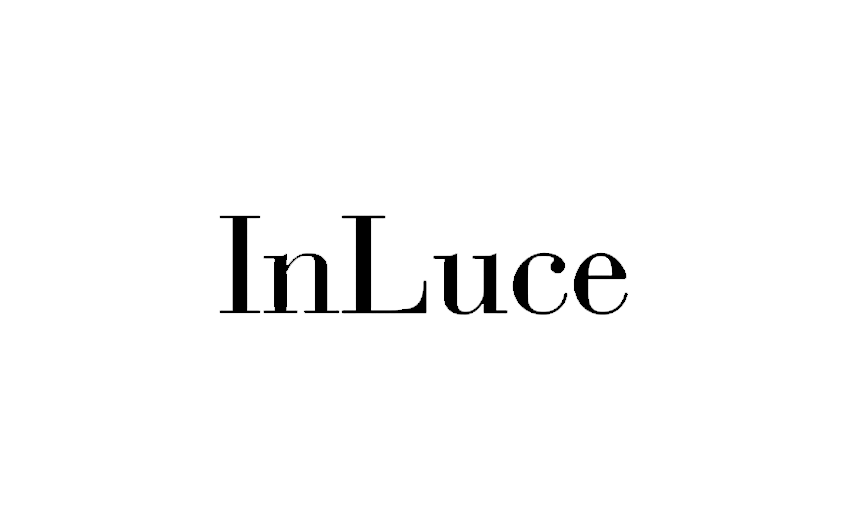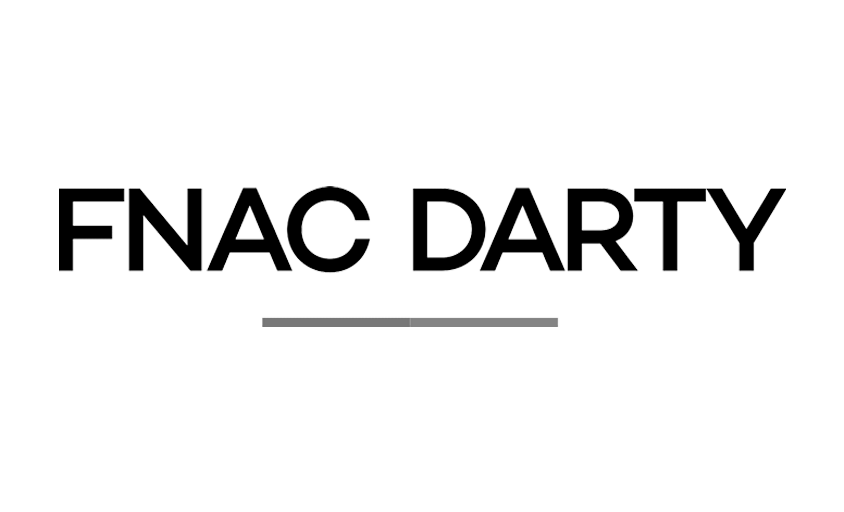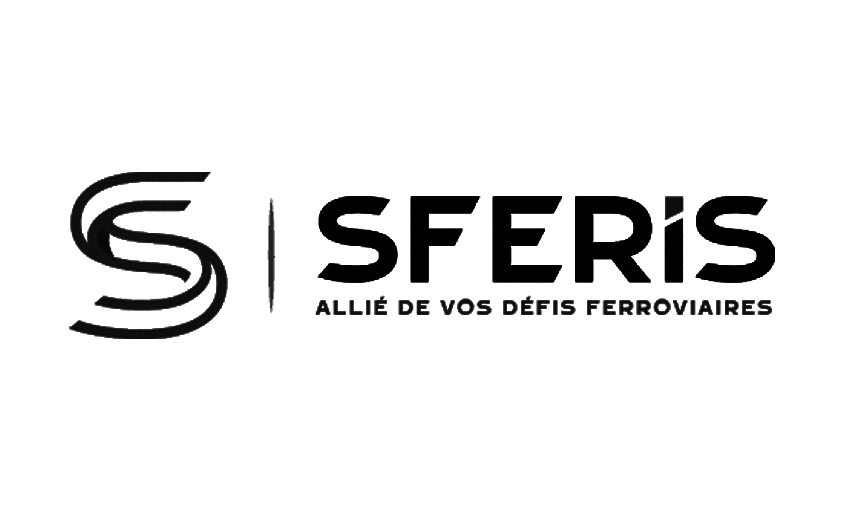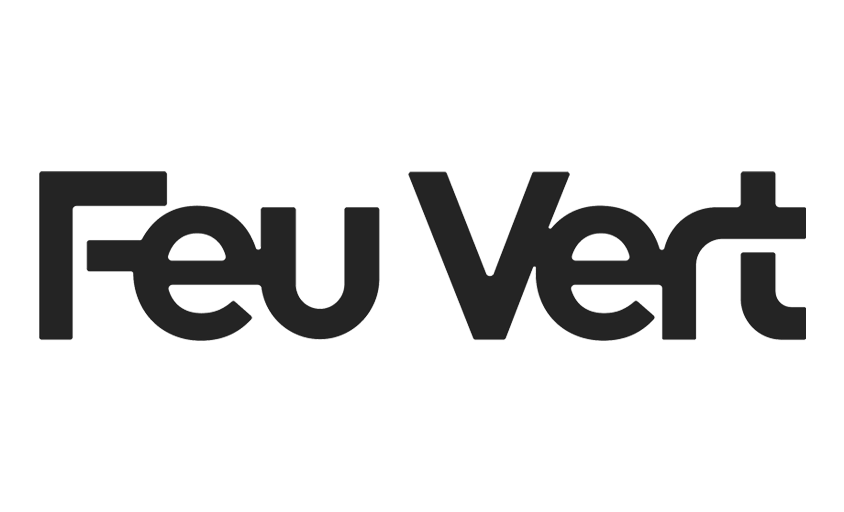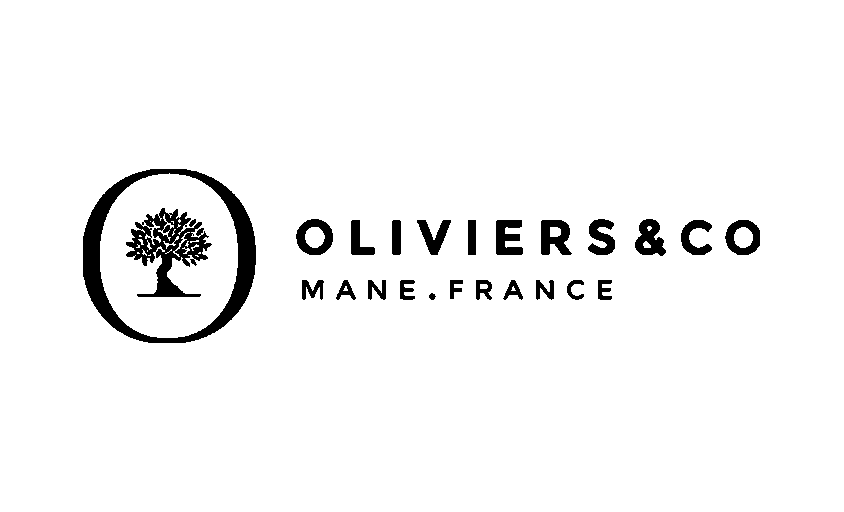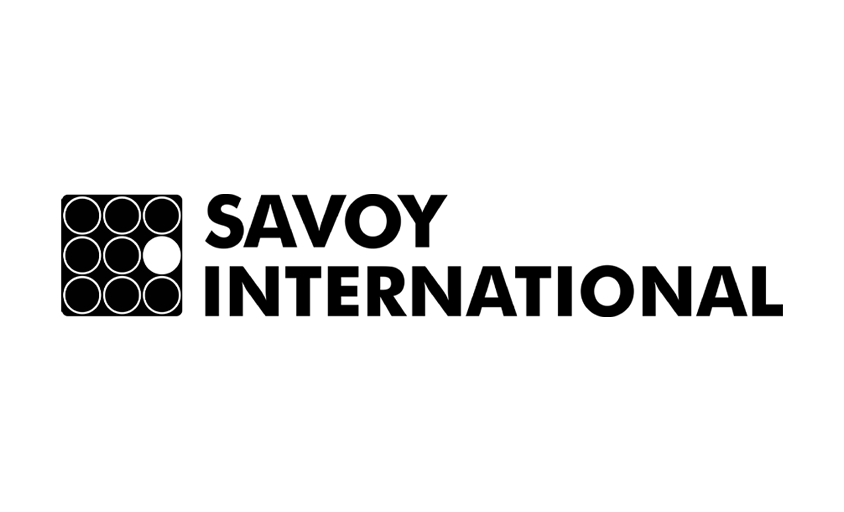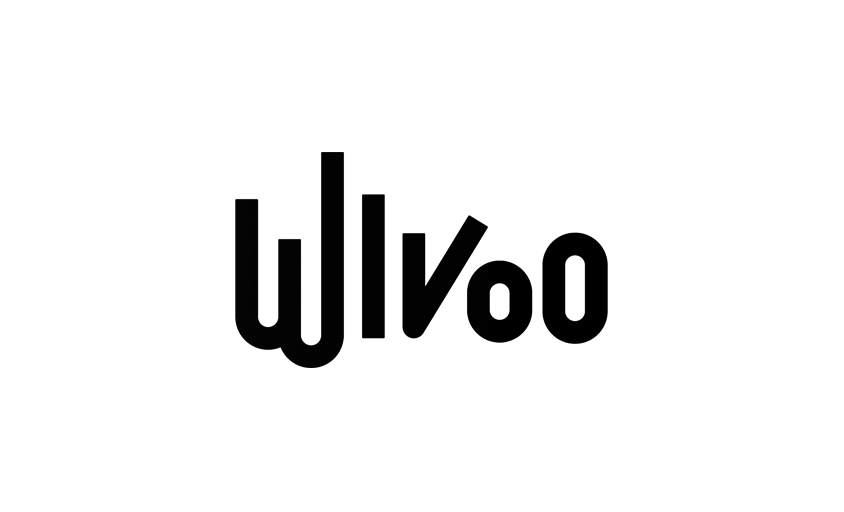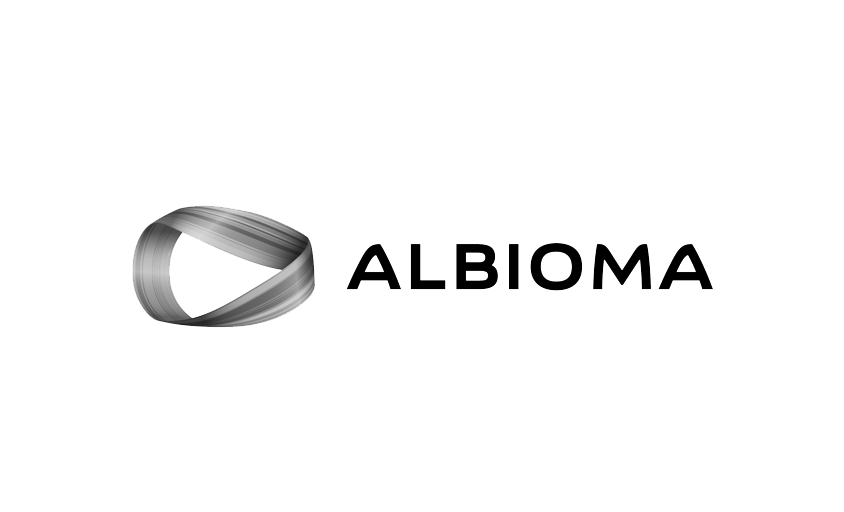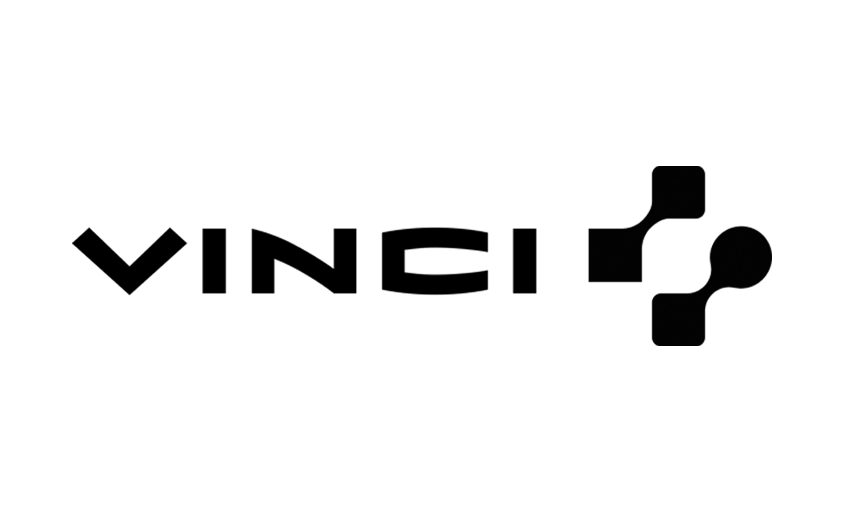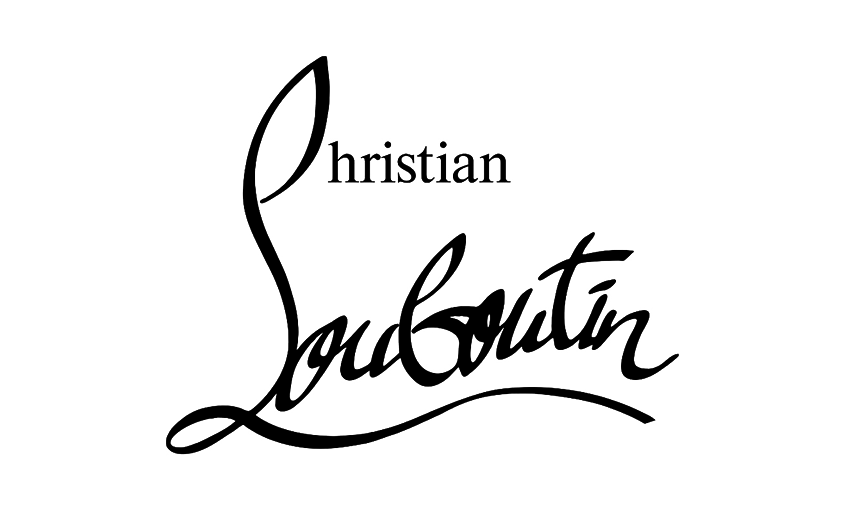Luxury Product Photography
In this article :
In the prestigious world of luxury products, where every detail matters, luxury product photography is an art in itself. At Rétines, our mission is to capture the essence of these high-end items, presenting them in their best light to captivate and engage a discerning audience. Luxury product photography goes far beyond mere shooting, it is an invitation to experience, a window into the refinement and exclusivity these products embody.
What Makes It Different from Standard Product Photography?
Luxury product photography stands apart from standard product photography in several key ways, particularly when it comes to packshots, still life photography, and campaign images. Every aspect of luxury photography is designed to transcend mere product representation, offering a visual experience that conveys luxury, quality, and exclusivity.
Luxury Packshot Photography
-
- Exceptional Quality: In luxury photography, packshots must capture the superior quality of the product with extreme precision. Unlike standard packshots that focus on clarity and simple product presentation, luxury packshots emphasize textures, materials, and high-quality finishes, often achieved using advanced lighting techniques and high-resolution equipment.
- Attention to Detail: Tiny details, which may be overlooked in standard photography, are crucial in luxury packshots. This includes the stitching of a leather handbag, the brilliance of a jewel, or the subtlety of a watch dial, all showcased to highlight exceptional craftsmanship.
Luxury Still Life Photography
-
- Visual Storytelling: Luxury still life photography is often used to tell a story or place the product within a setting that reflects its luxury brand identity. These setups go beyond simple product presentation, creating a world or ambiance associated with the product, using design elements, textures, and contexts that evoke an exclusive lifestyle.
- Sophisticated Composition: Composition in luxury still life photography is carefully planned to evoke a sense of refinement and exclusivity. The arrangements are often more complex and artistic, incorporating interior design elements, artwork, or other luxury products to complement and enhance the main product.
Luxury Campaign Photography
-
- Brand Consistency: Photo campaigns for luxury products aim to build or reinforce brand identity through cohesive and highly stylized visuals. Unlike standard campaigns, which may focus more on the product itself, luxury campaigns incorporate visual storytelling that reflects the brand’s values, heritage, and unique positioning.
- Emotional Engagement: Luxury product photography campaigns are designed to evoke emotions and create a connection with the target audience. They often use models, locations, and scenarios that embody aspiration, desire, and exclusivity, aiming to create a deep desire for the product beyond its functionality or utility.
In summary, the fundamental difference between luxury product photography and standard product photography lies in the former’s ability to elevate the product beyond its utility, presenting it as an object of desire that embodies a particular ideology or lifestyle. Whether through packshots, still lifes, or campaign images, luxury product photography is an art form that requires a deep understanding of luxury, impeccable technical skills, and the ability to create a captivating and memorable visual experience.
Why Work with a Luxury Photography Professional?
Working with a photographer specialized in luxury offers several crucial advantages for high-end brands and product creators. Here are the main reasons highlighting the importance of this collaboration:
1. Expertise and Understanding of the Luxury Market
A photographer specialized in luxury has an in-depth understanding of the luxury market, its trends, and its target audience. This expertise allows them to create images that speak directly to luxury consumers, capturing the essence and values of the brand in a way that resonates with them.
2. Refined Artistic Sensibility
Luxury photography is as much about art as it is about technique. Photographers in this field have developed an artistic sensibility that enables them to create aesthetically pleasing and emotionally engaging images, showcasing the product in the most flattering and aspirational context possible.
3. Attention to Detail
Luxury products are crafted with extreme attention to detail, and a specialized photographer knows how to capture these subtle nuances. Whether it is the texture of fabric, the brilliance of a jewel, or the complexity of a watch mechanism, these details are essential for conveying the quality and craftsmanship behind the product.
4. Advanced Use of Technique and Technology
Luxury photography often requires advanced techniques and equipment to achieve the highest quality results. Specialized photographers have the necessary gear and master the specific techniques needed to photograph luxury products, ensuring images with exceptional clarity, brightness, and precision.
5. Brand Image Consistency
A specialized photographer helps maintain visual consistency across all brand communications, a crucial aspect for luxury brands. The images create a strong and recognizable brand identity, essential for standing out in the competitive luxury sector.
6. Product Enhancement
Beyond simply presenting the product, a specialized photographer knows how to enhance it by placing it in a context that increases its appeal. This enhancement goes beyond aesthetic beauty to touch on aspiration and desire—key elements in luxury consumers’ purchasing decisions.
7. Impact on Sales and Engagement
High-quality images produced by a specialized photographer can significantly impact sales and audience engagement. By showcasing products in their best light, they not only increase consumer desire and interest but also lead to better conversion and customer retention.
In summary, collaborating with a photographer specialized in luxury is essential for brands looking to capture the elegance, prestige, and exclusivity of their products. This partnership not only ensures the product is presented attractively and professionally but also effectively communicates the brand’s essence to a demanding audience.
Jérémy Carlo is the editorial director at Rétines, where he ensures the consistency and clarity of all content produced by the studio.
Our Clients
Let’s discuss
What we do for you at Rétines
Meticulous work, an organised project and fast delivery. And to achieve this, we mobilise the right resources in our teams at the right time.
01
Pre-production
Artistic and technical direction tailored to the project.
Relevant recommendations on content, form and resources.
02
Photo Shooting
Photos taken by our experienced photographers.
Production that’s controlled, efficient and tailored to the needs of the project, with nothing superfluous.
03
Retouching
Technique
Photographs magnified by our retouching team.
Post-production to meet the commercial challenges of the brief.

